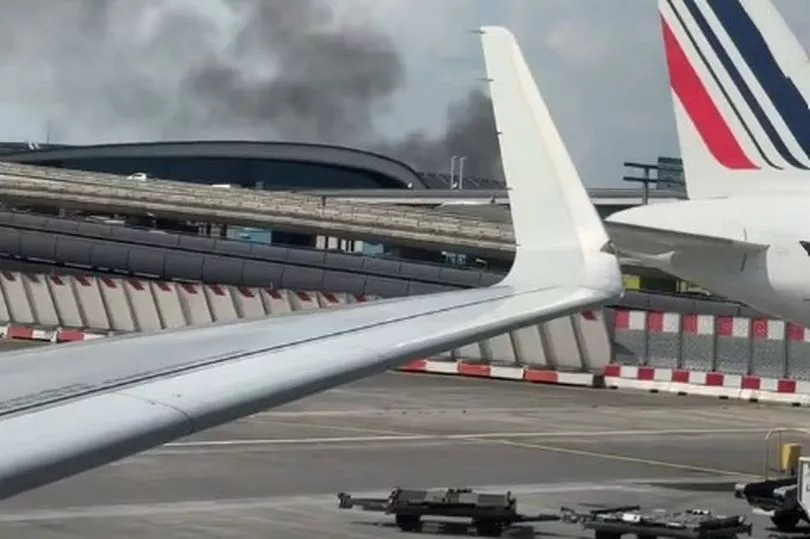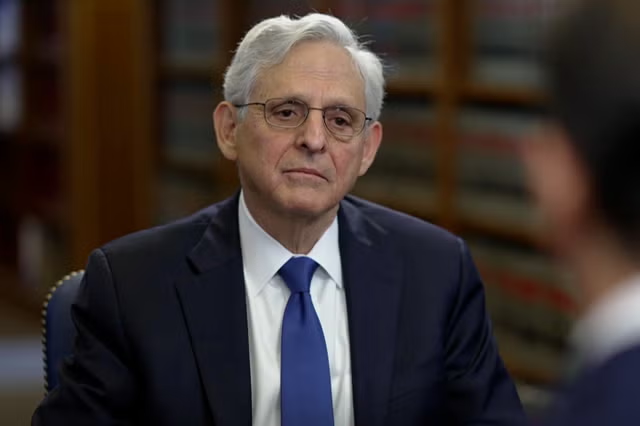NASA is aiming to launch another crew to the International Space Station in the coming weeks, giving the Boeing Starliner a short window in which to undock or face issues with overcrowding.
Last week, NASA and SpaceX announced that they were proceeding with the launch of the Crew-9 mission to the ISS, saying that four-person voyage will take place "no earlier than August 18."
The announcement follows a successful re-launch of the Falcon 9 rocket, which suffered a liquid oxygen leak during a test launch on July 11. The SpaceX rocket will transport the Crew Dragon Freedom spacecraft to the ISS.
The problem: the ISS has six docking ports, four on the Russian side and two on the U.S. side, and both U.S. ports are currently occupied and the Russian ports are not compatible.
The first spot is taken by SpaceX's Crew Dragon Endeavour, which carried the four astronauts of the Crew-8 mission to the ISS in March, and is scheduled to return to Earth at some point in the fall.
The other is occupied by the Boeing Starliner, the capsule whose faulty thrusters have indefinitely delayed its return flight to Earth.
Newsweek has contacted NASA to inquire about the overcrowding issue on the ISS and whether they could be worked around.
During the Starliner's first crewed mission, which was meant to serve as a comprehensive test of the spacecraft's capabilities, astronauts Butch Wilmore and Sunita Williams launched from Cape Canaveral Space Force Station on June 5.
However, as they neared the ISS the next day, several of the Starliner's thrusters malfunctioned due to what NASA identified as "five small helium leaks in the spacecraft's service module."
Since that time, the pair's homecoming has been pushed back again and again, as ground teams attempt to establish what went wrong with the spacecraft and conduct tests of the thrusters on Earth.
On Saturday, the Starliner crew and ground teams completed a test to evaluate the spacecraft's propulsion system, which NASA's Commercial Crew program said would inform an upcoming "agency readiness review" for Williams and Wilmore's return to Earth.
However, no return date has been set. The pair of veteran astronauts have been in space for 56 days, far longer than the mission's eight-day schedule, and beyond the limits originally communicated by NASA.
Steve Stich, the manager of NASA's Commercial Crew Program, previously said that the Starliner had a 45-day deadline to undock from the ISS, which was limited by the spacecrafts "crew module batteries."
Stich later said that this limit could be extended, and NASA previously told Newsweek that this would pose no major risks for astronauts, who regularly complete six-month trips to the ISS.
The schedule for the recently announced SpaceX launch gives Boeing just 18 days to undock the Starliner and bring the astronauts home, or risk delaying the Crew-9 mission.
A delay could prevent the Crew-9 and Crew-8 missions from completing what NASA terms a "direct handover," in which "a new crew launches and arrives at station before the prior crew returns to Earth," to ensure that the station is continuously staffed.
Do you have a story we should be covering? Do you have any questions about this article? Contact LiveNews@newsweek.com.
Disclaimer: The copyright of this article belongs to the original author. Reposting this article is solely for the purpose of information dissemination and does not constitute any investment advice. If there is any infringement, please contact us immediately. We will make corrections or deletions as necessary. Thank you.



